After dropping their first three games, Louisville was never in contention for the ACC title. Freshman QB Lamar Jackson had a mixed season, eventually leading the Cardinals to an 8-5 record. Clemson remains the favorite for a repeat in 2016, but could they be challenged by a Louisville team flushed with talent?
Jackson was predictably erratic as a freshman. Not just from game-to-game, but also from play-to-play, showing he was much more of an athlete than a quarterback at this stage. Overall Jackson completed 135-of-248 attempts for 1839, 12 touchdowns and eight interceptions.
The raw skills are there to develop, and Jackson possesses the arm talent to succeed in the ACC. Eight of his 12 scores came on 20+ yard targets, along with over a third of his total yardage. As the following play shows, he’s capable of connecting on downfield targets:
Consistency, however, remains elusive. Two-thirds of his 12 interceptions also came on deep passes, highlighting the need for improvement in that area. Accuracy was more of an issue than decision-making, both on downfield and shorter targets. Jackson’s 63.8 adjusted completion percentage was 121st of 133 FBS quarterbacks.
The Cardinals’ offensive line was probably the weakest unit on the team in 2015, which is especially problematic considering Jackson’s struggles under pressure. He was disrupted on 43.3 percent of dropbacks a year ago — the fourth-highest rate of all college quarterbacks. Part of the blame rests on Jackson’s shoulder – with his tendency to hold onto the ball – but the line should take the majority of responsibility. He regularly had to contend with protection like this:
Against the rush, Jackson completed only 35.7 percent of passes for 456 yards, throwing more interceptions (four) than touchdowns (three). His grade fell from +3.0 with a clean pocket to -13.0 under pressure.
Jackson’s ability to avoid the rush likely contributes to his tendency to hold onto the ball. His +12.3 rushing grade was tenth in the FBS last season, generated in part on designed passes. The Cardinals’ quarterback has the athleticism to avoid rushers, as illustrated below:
Defenders also have to respect Jackson’s speed on the read option. The genuine threat he poses on the ground helps the Cardinals win the numbers game in the box.
Although the offensive line is a weakness, the Cardinals have the playmakers to help their young QB succeed. Senior wide receiver Jamari Staples and tight end Cole Hikutini have the talent with the ball in hand to ease the burden on Jackson. Staples recorded a +12.2 receiving grade from just 248 routes in 2015, averaging 2.57 yards per passing snap (26th amongst Power-5 receivers). Hikutini, meanwhile, ranked tenth in overall grade amongst FBS tightends. He came into his element toward the end of the year, finishing with 19 catches on 27 targets for 348 yards, and three touchdowns. The explosive tight end finished third in yards per route run from the position, averaging 2.49 yards per snap.
Jackson remains some distance from a polished quarterback, but the four-star recruit possesses all the physical traits to develop into an exceptional signal-caller. His development as a passer will be key to Louisville’s success in 2016. Dynamic dual-threat quarterbacks like North Carolina’s Marquise Williams have thrived recently in the ACC — Jackson might be next in line.
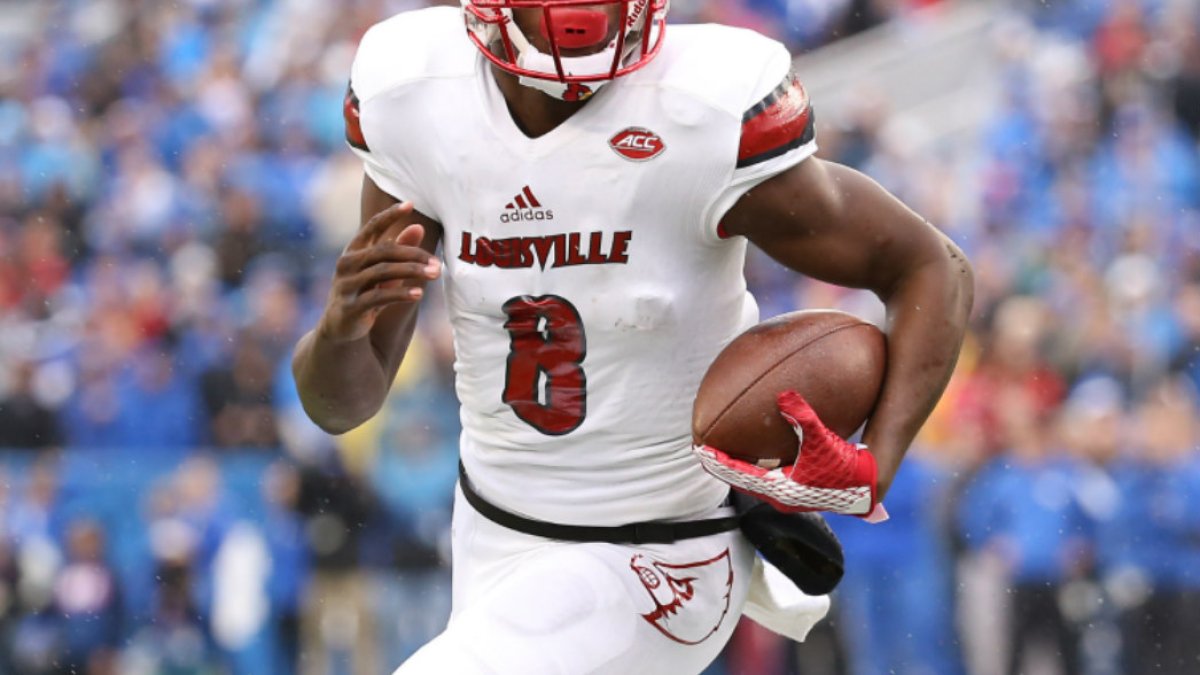
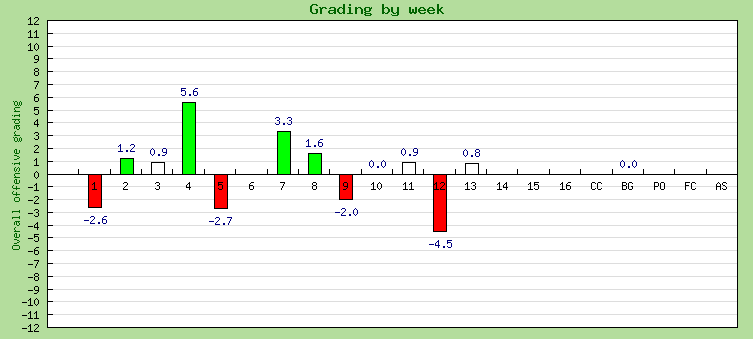
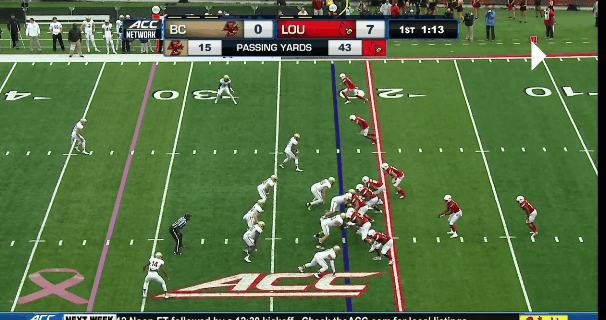
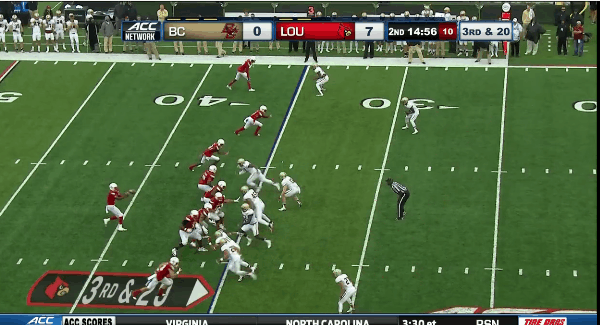
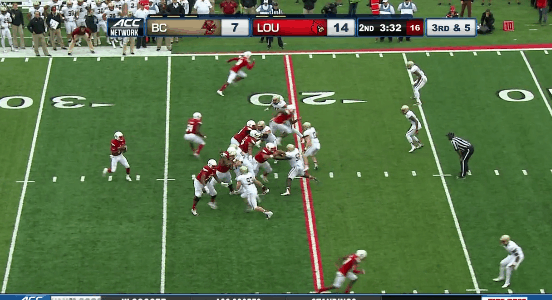

 © 2024 PFF - all rights reserved.
© 2024 PFF - all rights reserved.